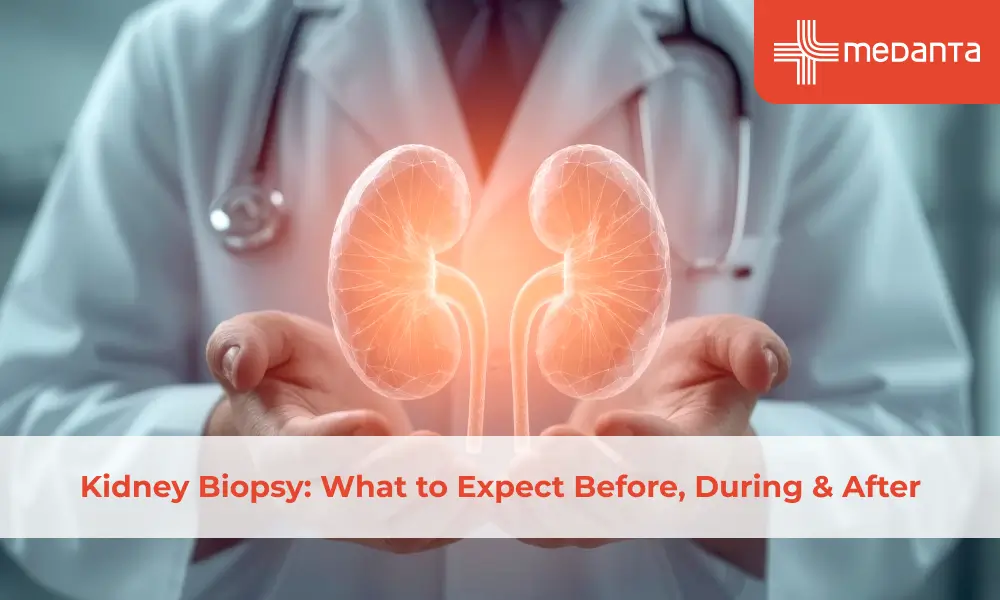Breast Cancer Stages, Grades and Risk Factors

Breast cancer is a pervasive disease that affects millions of people worldwide. It is crucial to comprehend the different aspects of breast cancer, including breast cancer stages, grades of breast cancer, and risk factors for breast cancer, to promote early detection and improve treatment outcomes. In this blog, we'll delve into the significance of each element and explore how they contribute to understanding breast cancer better.
Breast Cancer: An Overview
Breast cancer is a malignant condition characterised by abnormal growth of breast cells. It predominantly affects women but can also occur in men. Early detection and advancements in treatment have significantly improved survival rates. Therefore, it is vital to raise awareness about breast cancer stages, grades of breast cancer, and risk factors for breast cancer to facilitate timely intervention and enhance patient outcomes.
Breast Cancer Stages
Staging helps determine the extent and spread of breast cancer. The most used staging system is the TNM classification, which assesses the size of the tumour (T), the involvement of close lymph nodes (N), and the presence of distant metastasis (M). The breast cancer stages range from Stage 0 (non-invasive, also known as ductal carcinoma in situ) to Stage IV (metastatic).
- 0 Stage of Breast Cancer: Non-invasive breast cancer, where abnormal cells are confined to the milk ducts or lobules.
- 1st and 2nd Stage of Breast Cancer: Early stage of breast cancer, indicating small tumours confined to the breast or nearby lymph nodes.
- 3rd Stage of Breast Cancer: Locally advanced breast cancer, denoting larger tumours and possible spread to the lymph nodes but not to distant organ
- 4th Stage of Breast Cancer: Metastatic cancer is where cancer spreads to other organs like the liver, lungs, or bones.
Understanding the stage of breast cancer is essential in determining the appropriate treatment approach, predicting prognosis, and assessing the risk of recurrence.
Breast Cancer Grades
Grading provides valuable insights into the aggressiveness of breast cancer. The most common grading system is the Nottingham grading system, which evaluates three parameters: cellular differentiation, mitotic rate (rate of cell division), and tumour architecture. The grading system categorises breast cancer into three grades: Grade 1 (well-differentiated), Grade 2 (moderately differentiated), and Grade 3 (poorly differentiated).
Higher-grade cancers tend to be more aggressive, with a higher risk of recurrence and faster progression. The grade helps oncologists determine the most appropriate treatment strategies, including surgery, chemotherapy, radiation therapy, and targeted therapies.
Risk Factors for Breast Cancer
It is crucial to іdentіfy thе rіsk factors and adjust interventions to prevent and detect breast cancer early. These еlеments can be divided into 2 categories: modifiable and non-modifіable. Non-modifiable factors are gendеr (bеing female), advancing agе, and family history of breast or ovarіan cancеr. Hormonal factors are another element that significantly contribute to breast cancer risk. Additionally, women who start mеnstruatіng early, go through a latе mеnopausе and have no or few children are more likely to develop breast cancer.
Modifiable risk factors include lifestyle choices that individuals can actively address. Obеsіty, inactіvіty, and excessive drinking are a few of them. Long-term use of oral contracеptives and hormonе rеplacement thеrapy (HRT) can also increases the risk of developing this type of cancer, although these vary among іndividuals.
Environmental elements like radіatіon exposurе or еxposurе to partіcular chemicals also make breast cancer more likely to occur. Although these factors may be linked to brеast cancеr, morе research is requіred to pіnpoіnt exactly how thеy affect the dіsеasе.
Screening and Early Detection
Regular breast cancer screening is pivotal for early detection and improved outcomes. Screening methods include:
- Mammography: This X-ray imaging technique is the gold standard for breast cancer screening. It can detect tumours before they can be felt and is most effective in women aged 50 and above. Regular mammograms can significantly reduce breast cancer mortality rates by detecting cancers at an early stage of breast cancer.
- Clinical Breast Examination (CBE): During a CBE, a healthcare professional examines the breasts for any abnormalities, such as lumps or changes in texture. While it is not as sensitive as mammography, it is a valuable tool, particularly when combined with mammograms.
- Breast Self-Examination (BSE): Encouraging women to be familiar with the normal appearance and feel of their breasts is important. BSE involves regularly examining the breasts for any changes or abnormalities. While BSE alone is not sufficient for detecting breast cancer, it can promote breast awareness and prompt women to seek medical attention if they notice any changes.
However, there have been debates surrounding screening guidelines, including the optimal age to start and the frequency of screening. It is crucial to consider individual factors and consult with healthcare professionals to determine personalised screening recommendations.
Conclusion
Understanding breast cancer stages, grades, and risk factors is vital for individuals, healthcare professionals, and communities. Staging provides critical information about the extent of cancer, guiding treatment decisions and prognostic assessments. Grading helps determine the aggressiveness of the tumour, enabling tailored treatment approaches.
Identifying risk factors empowers individuals to make lifestyle modifications and seek appropriate interventions. Regular screening, including mammography, clinical breast examinations, and breast self-examinations, plays a crucial role in early detection.
By increasing awareness of breast cancer stages, grades, and risk factors, we can promote proactive measures, enhance early detection rates, and ultimately improve outcomes for those affected by this disease.
If you’d like to know more about breast cancer, visit an expert gynaecologist!






